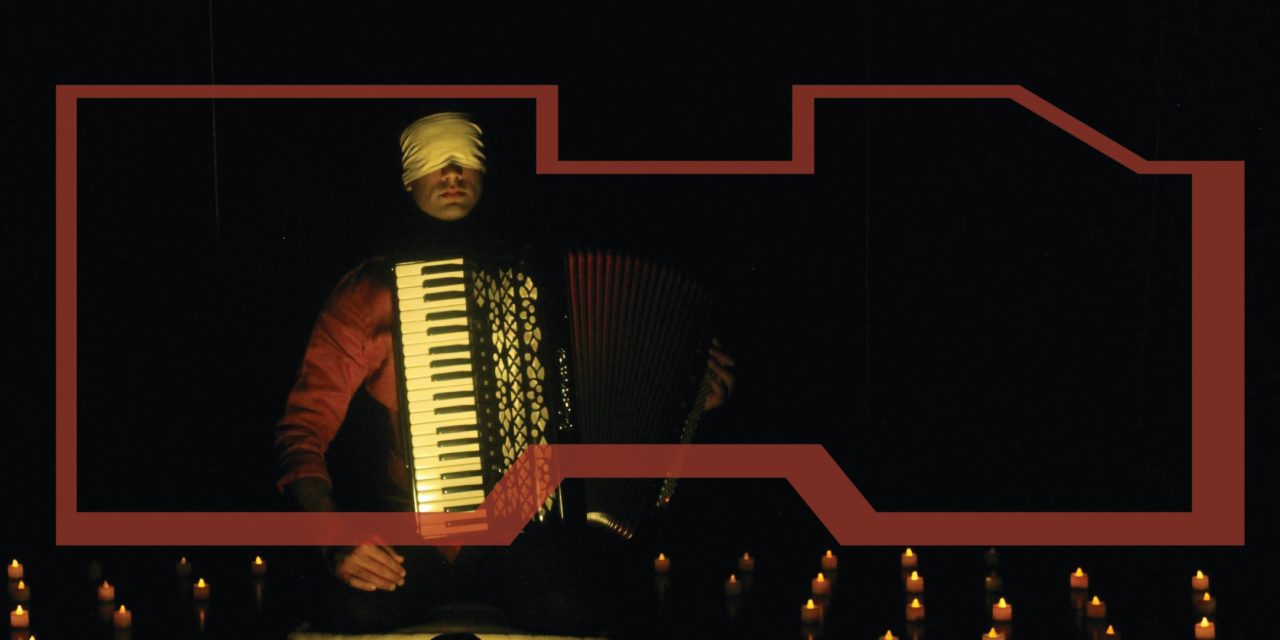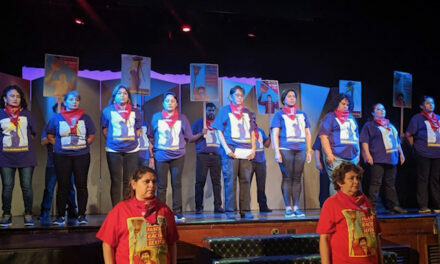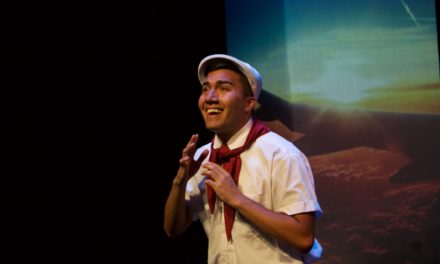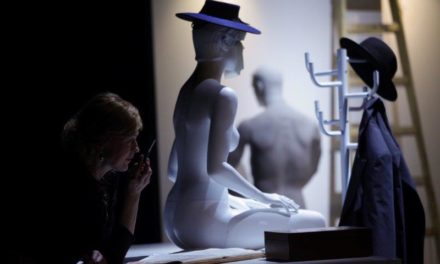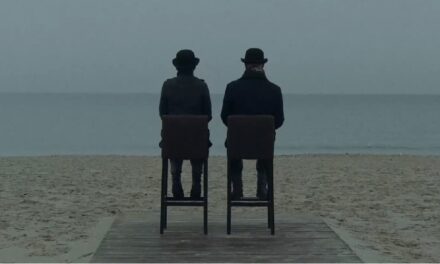In Dharmasala, a new festival that collapsed the boundaries between audience, players and organisers.
he Bhagsu clubhouse looked benevolently down at us as we climbed up the slope. The entrance was festooned with bunting that gave it a festive air; a board placed at the top of the stairs leading up to the doors had the word DRIFT worked on it with thread and picked out with little bulbs, which were just beginning to twinkle in the falling light.
Just outside the door one of the volunteers sat at the registration desk with a spread of papers before her — the registration book, pamphlets, tickets and the collection box.
We were in McLeod Ganj to attend the Dharamshala Residential International Festival of Theatre — DRIFT.
Held over two days, March 25 and 26 at the Bhagsu clubhouse, with workshops and talks during the day and performances in the evenings, its aim was to give theatre back to the local community.
We bought our tickets and started up the broad, curving stairs to the first floor where the performances were to be held.
Informal atmosphere
The atmosphere was informal — volunteers, organisers, performers, everyone seemed to be involved in everything. Some people were busy setting up the performance space. Others were running around, looking harassed, getting the last of the decorations in place.
Still, others were organising the ticket collection and entry logistics. But through it all, the atmosphere remained friendly and cheerful.
When the doors finally opened we saw that the room had been beautifully arranged for the first performance of the festival — Anant Dayal’s The Spirit of the Willow Tree.
There was a curved space in the wall; softly glowing lamps had been placed in this space from floor to ceiling; there was also a little pool of lamps overflowing onto the floor, forming a luminous sphere from which the performer spoke to us. It was a space of gentle, transcendent magic. The size of the room was just right; it created the perfect mix of energy and intimacy.
One of the best things about the festival was that there was no boundary between the performers and the audience. They were not sequestered in mysterious green rooms, out of sight and reach except during the performance. They were visible everywhere, available to listen to our comments, to respond, and when needed, help with other chores.
When we entered the room for the second time, for Anuja Gosalkar’s My Lady Anandi, we saw that it had been transformed. Not just because it was now set up for a different play — the performance space itself had been moved so we sat facing a different direction, and looked at a completely different reality. We could just as well have changed venues.
This was the case for the performance on the second day of the festival too — I Love You, Let’s Have Sex — a tongue-in-cheek look at the delicate balances of wedded bliss.
Shena Gamat and Ashish Paliwal, who performed the play, constantly needled the audience for their responses as they played a young couple in their slow progress towards negotiating a new understanding of the relationship.
Dreamed up and funded by Niranjani Iyer, DRIFT is a perfect example of community theatre where, just as there was no boundary — or a very porous one — between audience and players, there was also no boundary between organisers and performers.
Community event
The festival really was a residential and community event. The participants and volunteers stayed together, ate together and worked together to manage every aspect of the festival, rotating roles to ensure that everyone got the support and the resources they needed when they needed it. I’m left with an image, which seems to be a perfect metaphor for the festival as well as its future.
On the second day as we were walking up to Bhagsu club house in the evening, suddenly a group of people — performers, volunteers, and participants in a workshop that had just got over — burst through the gates of the clubhouse into the lane.
They were ducking and weaving, holding up their arms, yelling to each other. We watched, mystified until we realised that they were in fact, playing (invisible) ball.
They threw and caught, almost missed, recovered triumphantly, while all along the lane, shopkeepers emerged and people stopped, bemused, to watch. They obviously thought this group was crazy, but when someone suddenly threw the ‘ball’ to them, they were galvanised into action and in spite of themselves, drawn into the game. It was almost comical to watch them make the sudden transition from slightly aloof observer to gleeful participant.
Theatre has the potential to bring different people and communities together; it affords everyone a voice in which to tell their story. It creates a space where differences can be aired, even fought over, and resolved. In the troubled times we live in, with more and more people retreating into their own little physical and mental ghettos, this is too valuable a resource to be ignored.
This article was originally posted. Reposted with permission. To read the original article, click here.
This post was written by the author in their personal capacity.The opinions expressed in this article are the author’s own and do not reflect the view of The Theatre Times, their staff or collaborators.
This post was written by Padmini Manon.
The views expressed here belong to the author and do not necessarily reflect our views and opinions.

